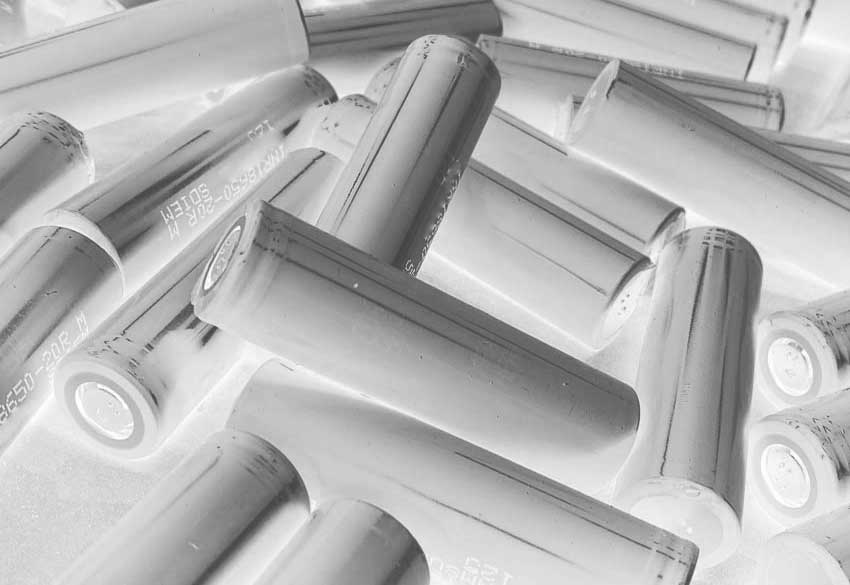If you’re a cell-phone fanatic, you may remember the LG GD900, which boasted a transparent touch-sensitive keypad dialing surface. It was neat to see, but the majority of the phone still remained opaque. We immediately started thinking: What if you could make a power tool transparent? Quickly followed by: Would anyone care? and What would it take? Well, for one, transparent plastics are nothing new, but transparent flexible Li-ion batteries – well that’s something entirely different. It takes more than just a transparent shell to make something transparent. With batteries taking up a large part of our electronics, getting those transparent would make for some very interesting (and unfortunately, easily losable) devices.
Features of Transparent Flexible Li-ion Batteries
So the new Stanford-designed battery is a see-through, flexible model that is actually using modern lithium-ion technology. The two people involved are Yi Cui, a materials science professor, and Yuan Yang, a graduate student. The pair tackled the challenge of dealing with the fact that, while it’s easy to make transparent packaging for the battery, the prominent electrode materials aren’t able to be made clear.
But they can be made smaller.
Reducing te Size of Transparent Flexible Li-ion Batteries
They began working to reduce the size of the battery electrodes down to 0.002″ – around 50 microns. At this size they are more or less invisible to the naked eye. Then they realized that by sandwiching the required layers on top of each other and lining them up perfectly, they could allow light to pass through the mesh – resulting in a more or less transparent film. They used polydimethylsiloxane (PDMS) for the electrolyte gel. PDMS is apparently the same material used in contact lenses, so it’s not an uncommon or difficult substance to procure or work with.
So what’s next? World domination, of course… but before that transparent flexible Li-ion batteries need to tackle the problem of efficiency. Making the batteries transparent yields a solution that is only 50% as powerful as traditional solutions. That makes this new technology about the same as NiCad. But the Standford researches think they have some ways to increase the density of the electrodes and get more power.
So what about transparent tools? Would it be cool to have a fully transparent drill? We think it may be neat for a novelty tool – especially smaller models that are designed for household use, but for practical hard-core construction professionals, a transparent drill would simply get messed up so quickly as to lose its luster within days of use.
Plus, can you imagine the hassle of setting your drill down, only to lose it in the sunlight?
Source: Gizmag


